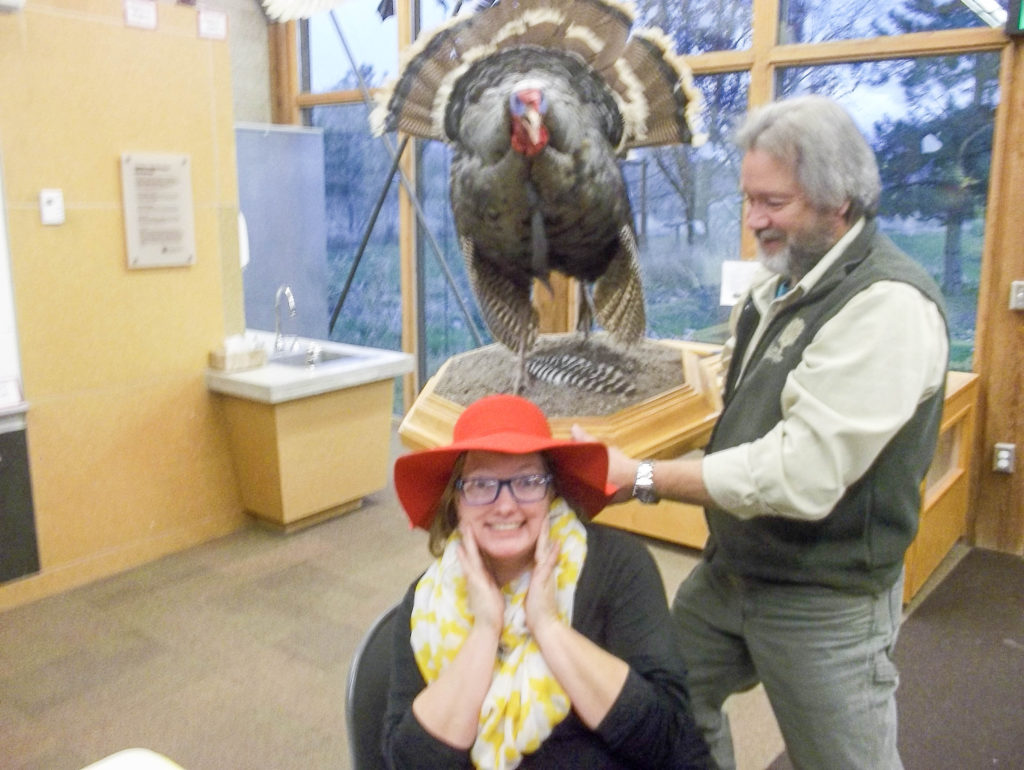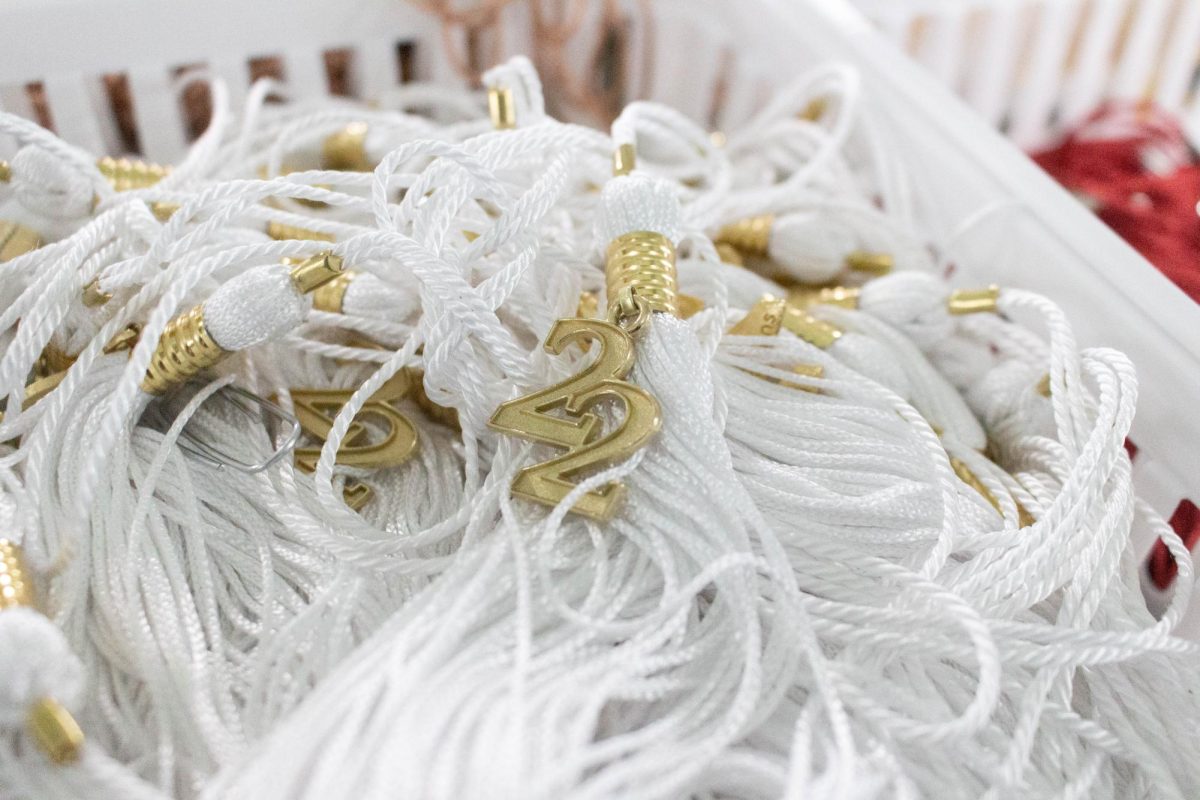
Wild turkeys can fly.
A young female turkey is called a jenny and a group of turkeys are called a gang.
Male turkeys can change the color of their head based on their mood.
These are some of the facts about wild turkeys the Ogden Nature Center shared in an educational presentation to local youth as part of their Wild Wednesday program on Nov. 23.
“This program helps clear up misconceptions and myths,” said Shawnee Sawyer, one of the presenters. Sawyer works at the center as an outreach naturalist.
“Many people think the turkey is just a silly bird, but that’s not true,” she said.
Sawyer explained that most of what we know about turkeys is from turkeys that live on farms or television shows that are inaccurately portray them.
“This opens the youth’s eyes to nature,” said wildlife specialist and co-presenter Bryce King.
Farm turkeys generally don’t live past their first birthday because they are sold and slaughtered. But wild turkeys live anywhere from three to five years, according to Sawyer.
Two turkeys recently passed away in the Ogden Nature Center at the age of 12.
Longevity is just one of the many characteristics that separate wild turkeys from their farmland friends. Wild turkeys can run at top speeds of about 25 mph and are able to double that when flying, according to Sawyer. Wild turkeys do not have much stamina, so after their flying burst, they like to perch on tree branches.
“How fast do you think turkeys are?” Sawyer asked the class.
“10 miles per hour!” a girl shouted. “100!” a younger boy followed up.
Instead of nesting in trees, turkeys hide their nests on the ground. Sawyer explained that the mother turkeys, known as hens, are experts at camouflage.
Baby turkeys are called poults — this is where we get the word poultry. According to Sawyer, a hen usually lays about 10–15 eggs at a time, and the poults can usually begin to fly hours after breaking out of their shells.
“They come out of the shells ready to go,” Sawyer said.
Being able to fly quickly gives the poults an advantage over foxes, wolves, hawks and other natural predators.
When given the choice to fight or fly, male turkeys, or toms, will fight.
“They have a spur on the back of their feet, like the spur on a cowboy boot,” Sawyer said. The spur helps toms claw during a fight.
Toms might also display their giant fan of feathers to scare away predators, similar to a peacock. But unlike a peacock, the color of toms’ heads are able to change colors.
“When toms fight, their heads turn red,” Sawyer said. “When the turkey calms down, the head will turn whitish. And if their head is blue, it means they are excited.”
This color change is all good and well, but what about the infamous turkey gobble?
After having the class try their best to imitate a gobble, Sawyer explained that only toms gobble; hens cluck to communicate.
King said he hopes the program will inspire the youth to step away from the television and enjoy nature. Sawyer agrees.
“I love teaching about the environment,” she said. “The more the youth know about the Earth, the better choices they will make.”



















